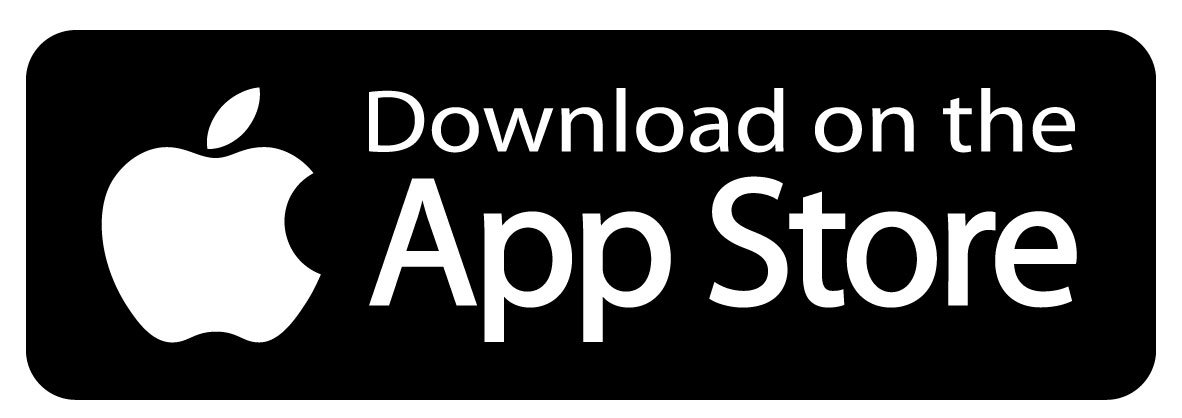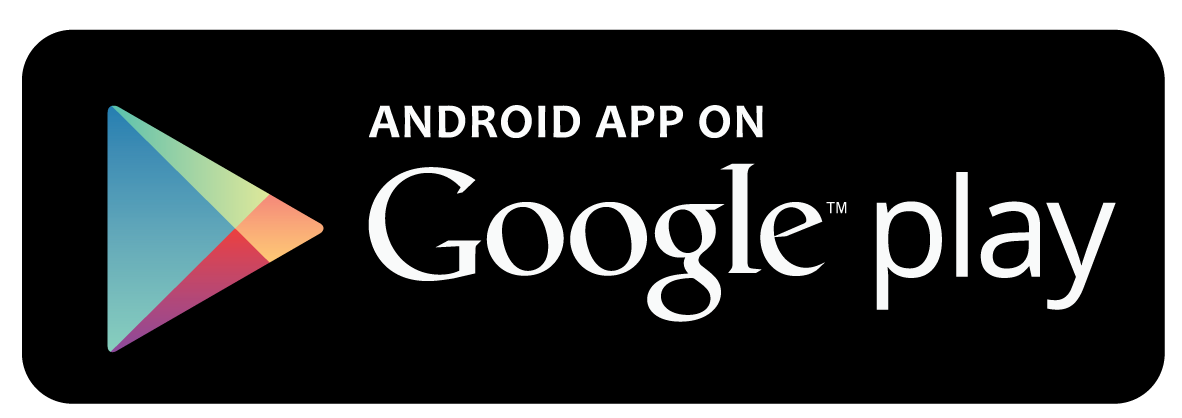How to manage a multigenerational workforce in a hybrid working environment
People are able to work longer than before which is allowing for a number of generations to mix in at work. The understanding of technology, communication and management/leadership styles can sometimes create tension between generations.












